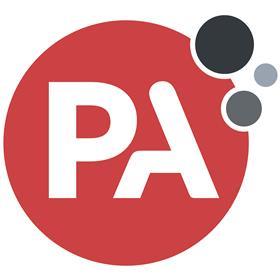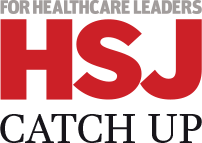Boards need to build on the value the NHS has created from data over the past year and use this to invest in a solid foundation of technology moving forwards, writes Jenny Lewis
![]()
This is paid-for content from our commercial partners. Find out more
While the current focus on the NHS is rightly on its heroic efforts in the fight against covid-19, we’re also witnessing dramatic progress made in its use of data. In the past year, the NHS has built advanced epidemiological models in days, generated new data to track new cohorts of patients within weeks, and rapidly produced daily reports on progress that have been used by thousands of staff to make daily decisions in response to the pandemic.
Sponsored by
By quickly acting on the insight from this data, from redirecting staff to building new capacity, acute demand has been managed and real differences made to the quality of care delivered. This shows that the health service can be an agile data-led organisation, able to apply insight to make informed decisions for patients and staff.
Even amid the current storm, data has made a difference. Progress that would previously have taken years has been achieved in weeks, and obstacles to collecting and sharing information that have plagued the system for years have been overcome. The task now is to build on those successes and make sure the NHS has the tools to meet the new challenges ahead.
To enable this the NHS will need to focus on three areas:
1. Maintaining and building effective relationships
Relationships have been forged at pace and borne out of necessity. In the efforts to provide sufficient critical care beds to covid-19 patients, hospitals have worked together in ways they have never needed to before. It’s vital these personal connections remain when pandemic pressures ease, avoiding any retreat into organisational, regional and system silos. These relationships that truly build and maintain trust will remain critical for effective data sharing.
The increased move to system working, through the formation of Integrated Care Systems and further consolidation of Clinical Commissioning Groups, will help with this as a number of organisational boundaries are broken down.
2. Being clear about the purpose of collecting and sharing data
The second area of focus should be clarifying the purpose of collecting and sharing data. For example, data sharing will be required in the formation of imaging networks, establishing Elective Care Hubs or for managing patient waiting lists across the system.
We’ve seen progress already here. Issues around information governance that have been obstacles for years have been practically addressed at pace. That is partly down to good systems but more fundamentally reflects the increased trust between organisations, built on a recognition that the information they were supplying was necessary and would be used effectively.
During the pandemic, we worked with a Health and Care Partnership to model capacity and demand across a range of covid-19 scenarios. This work, drawing on a range of data from partners involved, helped to identify pressures earlier, highlight required interventions and stimulate much more effective mutual aid across the system.
3. Procuring the right technology
During the crisis, the NHS has managed with less than optimal technology – but that isn’t a sustainable position. The case for investing in new technology is clear but delivery has proved difficult in the past. It underlines the need for proper business cases, as well as clarity about what is needed and the impact and benefits the investment will bring. This last year has created some great examples to build these business cases from.
As examples:
- Over the last year we’ve supported a large multi-site acute care provider to design, develop and implement a range of scheduling technologies that enhances their operational and strategic decision making in theatres and imaging. This has already reduced significant waste and is helping the hospital to deliver more with their existing capacity – something that will be crucial in driving down waiting lists over the coming months. This is great progress but driven by a burning platform rather than by a strategic focus on digital, data and technology.
- Workforce analytics is another key area. Staff availability has been a critical factor in managing the pandemic and we have worked with hospitals to redesign their rotas into more intelligent, flexible tools. Many hospitals still lack a view of staff capacity. To respond to future demand, they’ll need to acquire tools which give them a real time picture of staff availability, what skills they have and how can they be deployed. That will allow them to look at rotas, more flexible working, and new staffing models to align clinical expertise and patient need. This could truly transform how trusts manage their workforce into the future.
Boards need to build on the value the NHS has created from data over the past year and use this to invest in a solid foundation of technology moving forwards.
After a year of unprecedented speed, exemplified in both the development of a range of vaccines and in the response to the UK Ventilator Challenge, now is not the time to pause. Instead, it’s time to double down on technology, maintain a focus on rigorous analysis and modelling to guide decision making, and use data to drive the recovery.





























No comments yet